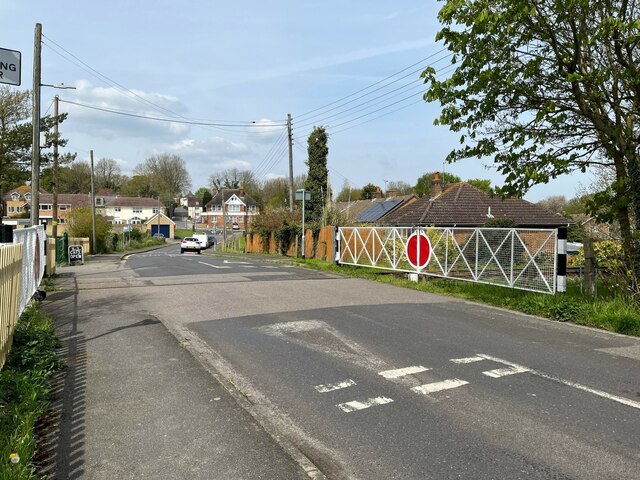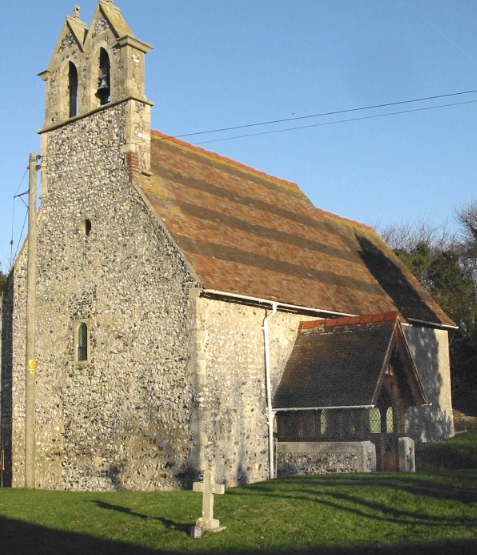The Wilderness
Wood, Forest in Kent Dover
England
The Wilderness

The Wilderness, located in Kent, England, is a sprawling wood and forest area that spans approximately 11 square miles. Situated in the southeastern part of the county, it is a popular destination for nature enthusiasts, hikers, and wildlife enthusiasts. The Wilderness is known for its diverse range of flora and fauna, making it an ideal spot for those seeking to immerse themselves in the beauty of nature.
The woodland in The Wilderness consists of a mix of deciduous and evergreen trees, creating a picturesque landscape throughout the year. Majestic oak, beech, and birch trees dominate the area, providing a habitat for a wide array of bird species, including woodpeckers, owls, and various songbirds. The forest floor is covered in a lush carpet of ferns, mosses, and wildflowers, adding to the area's natural charm.
Trails and footpaths crisscross the wood, allowing visitors to explore and discover its hidden gems. The Wilderness also boasts several picnic areas and viewpoints, providing opportunities for relaxation and breathtaking vistas. With its serene atmosphere and tranquil ambiance, it is a haven for those seeking solace in nature.
The woodland is managed carefully to preserve its ecological balance and protect its inhabitants. Conservation efforts have been implemented to maintain the forest's biodiversity and ensure its sustainability for future generations.
The Wilderness, Kent is a true gem for nature lovers, offering a chance to escape the hustle and bustle of everyday life and immerse oneself in the beauty of the natural world.
If you have any feedback on the listing, please let us know in the comments section below.
The Wilderness Images
Images are sourced within 2km of 51.181948/1.2674709 or Grid Reference TR2847. Thanks to Geograph Open Source API. All images are credited.















The Wilderness is located at Grid Ref: TR2847 (Lat: 51.181948, Lng: 1.2674709)
Administrative County: Kent
District: Dover
Police Authority: Kent
What 3 Words
///trapdoor.custodial.soggy. Near Eythorne, Kent
Nearby Locations
Related Wikis
Waldershare
Waldershare is a village near Dover in Kent, England. In 1086, the village was in the hundred of Eastry in the ancient Lathe of Eastry. By 1295 the ancient...
Coldred
Coldred is a settlement and former civil parish, now in the parish of Shepherdswell with Coldred, in the Dover district of Kent, England. The main part...
All Saints Church, Waldershare
All Saints Church is a redundant Anglican church in Waldershare, Kent, England. It is recorded in the National Heritage List for England as a designated...
Eythorne
Eythorne is a civil parish and small village located 7.3 miles north-northwest of Dover in Kent, with a combined population of approximately 2,500 residents...
Nearby Amenities
Located within 500m of 51.181948,1.2674709Have you been to The Wilderness?
Leave your review of The Wilderness below (or comments, questions and feedback).





